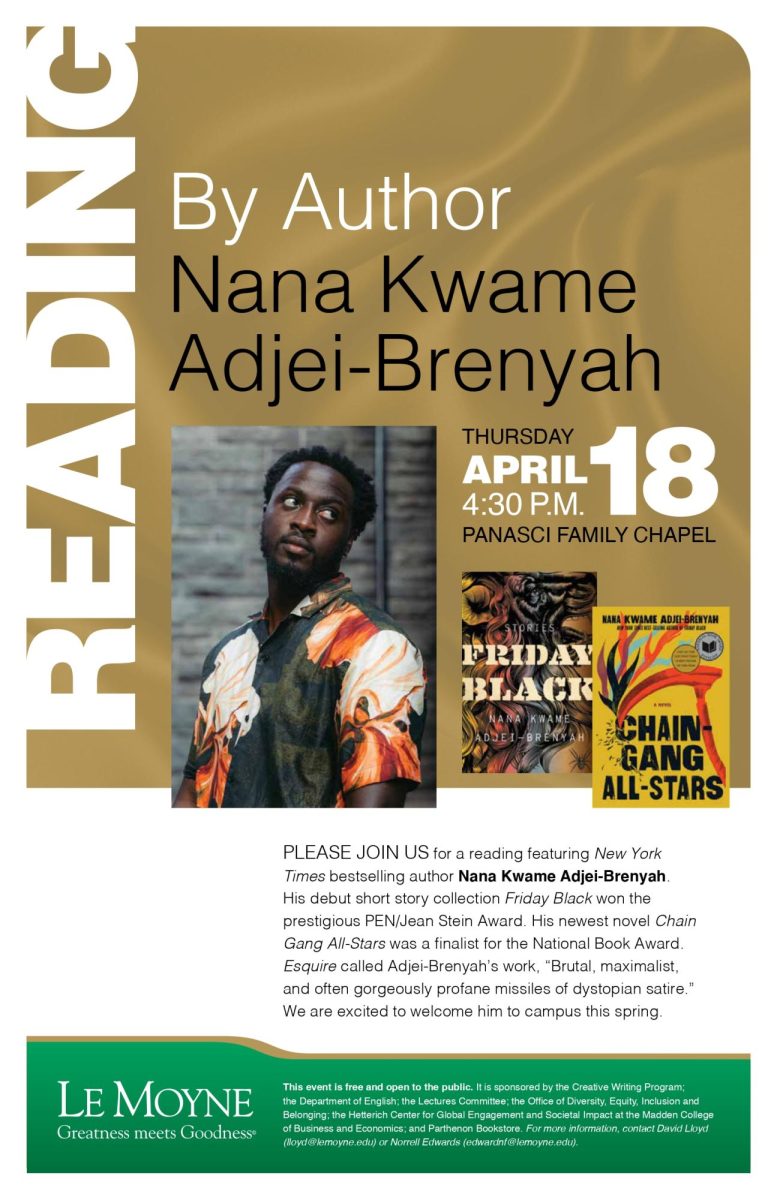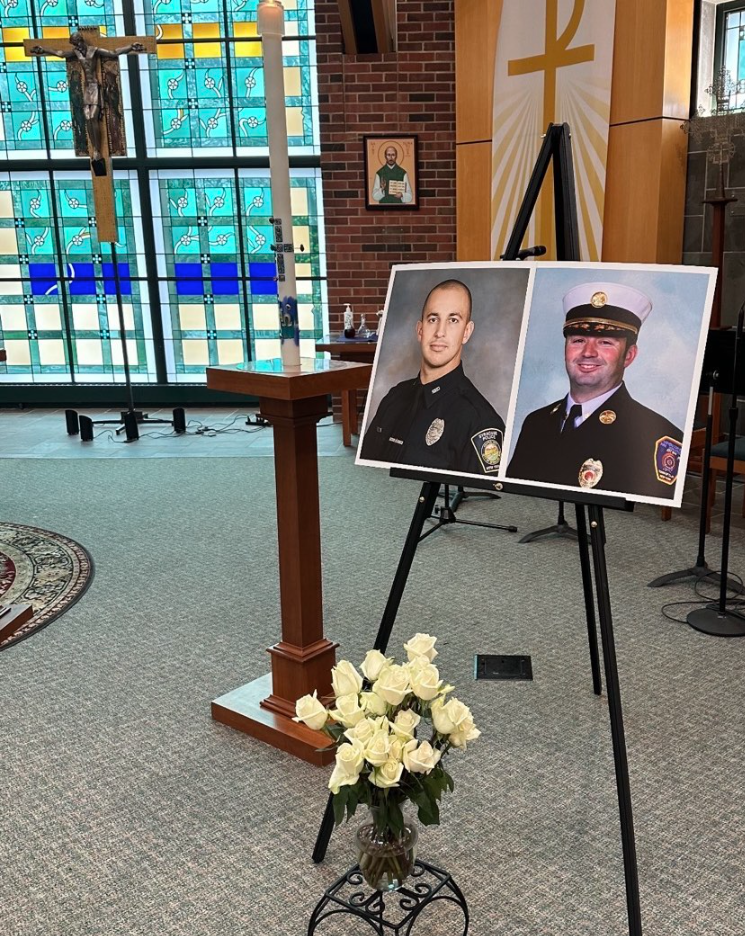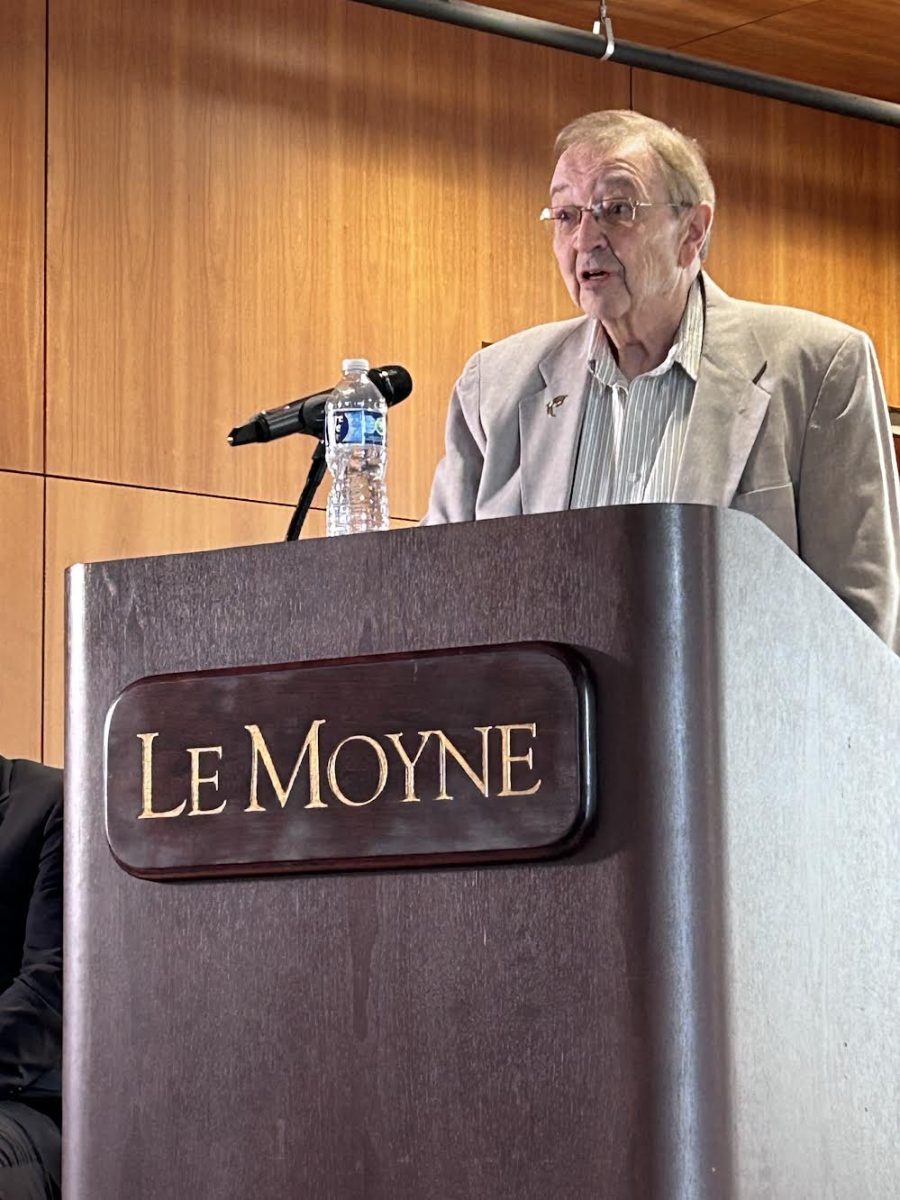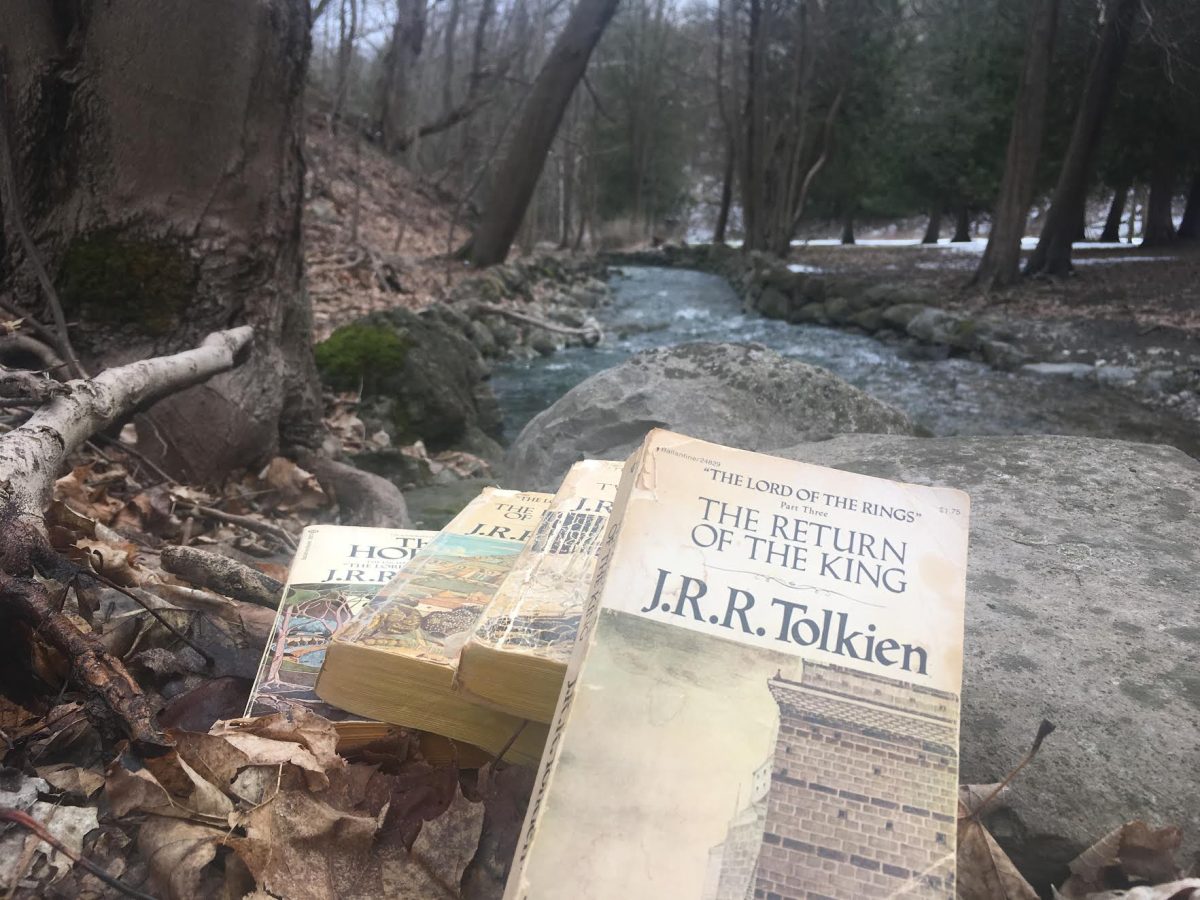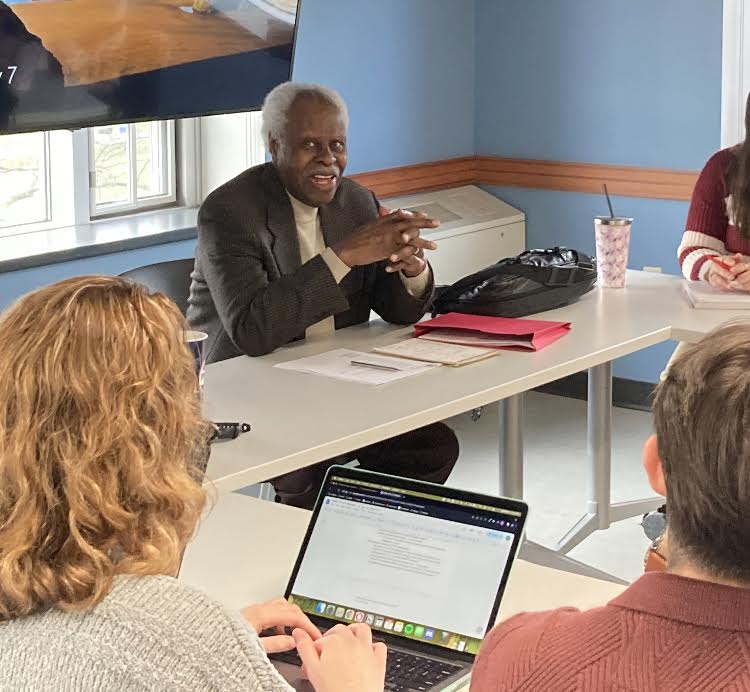Cinema has been an ever-evolving cultural phenomenon intertwined with human history. As the large screen has flickered through the decades, it has sparked conversations and revolutions. This summer, two seemingly disparate worlds collided in a spectacular display that reignited the fervor of cinema culture once again — Greta Gerwig’s Barbie and Christopher Nolan’s Oppenheimer.
Barbie, the iconic symbol of femininity and empowerment was pitted against Oppenheimer, the tale of the legendary physicist who accompanied during the birth of the atomic bomb. Due to the powerhouse performances by Cillian Murphy and Margot Robbie, both films became nothing short of cinematic triumph on the day of their release.
Margot Robbie breathed life into the character of Barbie as she turned a child’s play toy into a relatable and inspiring protagonist. Her portrayal of Barbie left grown women in tears as they found themselves relating to the hardships women come across in this patriarchal world. Gerwig captured the essence of female companionship, diversity, authenticity, and empowerment throughout the film in different characters. Professor Julie Grossman at Le Moyne College shared her views on the film, calling it “excellent” even though “its feminist critique is somewhat muted by its being in thrall to Mattel.”
On the other hand, Nolan’s Oppenheimer took the audience on an intellectual journey through history during the time of World War II. The innovative cinematography of the film transferred the audience into a different realm, allowing them to have a visually immersive experience to understand the heart of the story. The film depicted Oppenheimer wrestling with a moral dilemma, which spurs a philosophical discussion about human agency and responsibility.
The success of both films during the age of the internet instigated a lot of interesting discussions, rapid spread of ideas, opinions, and debates. Both of these films triggered discussions on social media platforms as the viewers sided with one film or the other, each side launching their oppositions and maintaining their defenses. These summer blockbusters quickly became the object of many memes and ultimately became viral sensations. The content related to these films has rapidly spread on the internet, which has compelled the public to take part in the “which film is better” debate now more than ever. This debate had undertones of misogynistic and feminist views, where the two genders are pitted against each other, trying to compete in an “I’m not sure what” category.
The influence of the two films is so strong that it made a woman named Barbara Oppenheimer a viral sensation due to her unique name. She is the physical embodiment of “Barbenheimer”— the term that gained popularity due to the equal success of the two films. Barbara Oppenheimer shared her love for the two films, especially Oppenheimer. Her husband’s father is the third cousin to J. Robert Oppenheimer, so she was eager to see how the film treated his story.
It is interesting to see how the two films revived the cinema culture once again, especially after the pandemic, when it seemed like people had forgotten the magic of the big screen. The two films brought together people of all ages and backgrounds as they expressed their views and ideas on the internet, which is the goal of films in general. We can only hope that this passion for cinema continues on with the release of new films.

